Elephants are a big part of traditional human society across South East Asia. In spite of being a wild animal, they have been closely associated with human history, culture, tradition, and art from the dawn of civilization in this part of the world. Buddhism is intimately symbolically associated with elephants across all South East Asian countries from across Burma to Thailand, the Indo-China region, Sri Lanka, and even to this date across South India (where it is revered among Hindus, Buddhists, and Jain practitioners). All ancient Hindu and Buddhist temples have elaborate carvings, architectures, and ornamentation with iconic elephant idols across this entire region. It suggests that elephants have been revered in these societies for several thousand years because of their usefulness as a beast of burden, for the transportation of humans and goods, their uses in wars, and as a symbolic social status (like gifting white elephants in Thailand), as a loving pet and also a very close companion of humans. Elephants are extremely intelligent animals and have been a great friend of humans since human civilizations slowly start taking shape in these parts of our planet. Gifting or donating an elephant to a temple is still considered a holy ritual in many of these countries and cultures.
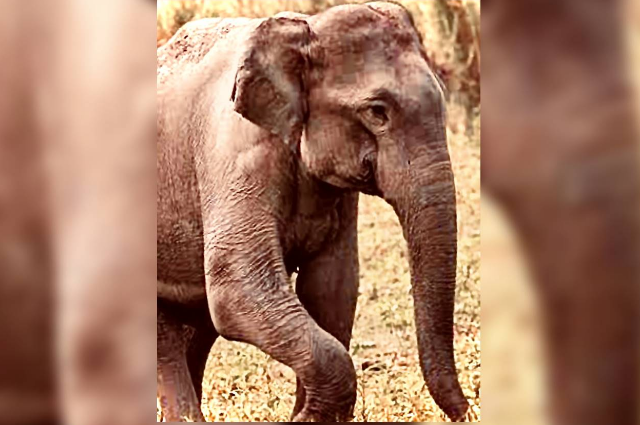
Buddhism is intimately, philosophically, and symbolically associated with wild animals in several forms down the ages in Buddhist teachings, scriptures, arts and crafts, folklore as well as in stories associated with both rural and urban life of people. Hence, it can be well understood that elephants (both wild and domesticated) have been traditionally considered to be integrally associated with regular life, traditions, culture, heritage, and religious practices of the people across the vast reaches of South and South East Asia. Humans across the planet have associated and integrated locally available natural resources as part of their socio-religious customs, South and South East Asia is no exception to this global observation.
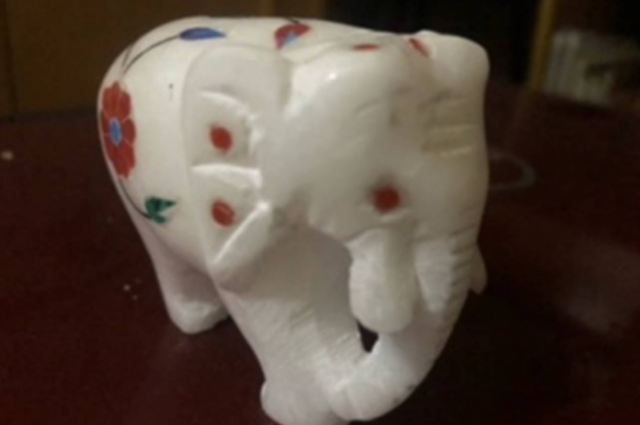
Since elephants have taken to the central stage of cultural evolution even in the ore Buddha period; it is quite natural that over time with the spread of Buddhism under the monarchical support of Emperor Ashoka it spread beyond the traditional boundaries of the erstwhile Indian subcontinent. Furthermore, Mayadevi’s dream of a white elephant entering her womb before the birth of Lord Buddha also strongly resonates with the importance of elephants in Buddhist cultures of South East Asia.
Thus, elephants are socially, culturally, and symbolically associated deeply with Buddhism and Buddhist teachings across South and South East Asia. Numerous idols, architecture, statues, and relics across South East Asia connects Gautama Buddha to elephants and other wildlife. Two giant rushers on either side of meditating Buddha carrying flower garlands is a very common traditional artistic form observed across South East Asia. This is not to disrespect, but in the contrary to provide the highest respect to Lord Buddha through the cultural and traditional lens of South and South East Asia. By carrying Buddha relics on elephants signify the highest respect to the divine soul who transformed the lives of millions across the globe by carrying it in on an animal like an elephant that is traditionally culturally highly revered, respected, and loved. Even these days of strict wildlife conservation and regulations, elephants are intimately associated with the religious and cultural activities of South and South East Asia. Gautama Buddha sitting on the elephant is not to disrespect but to symbolize and respectfully recognize the greatest soul as the master of both humans as well as animals. Nothing happens in this world without any reason. Elephants are respected as divine animals in both Hinduism and Buddhism and have an unique place in human society.
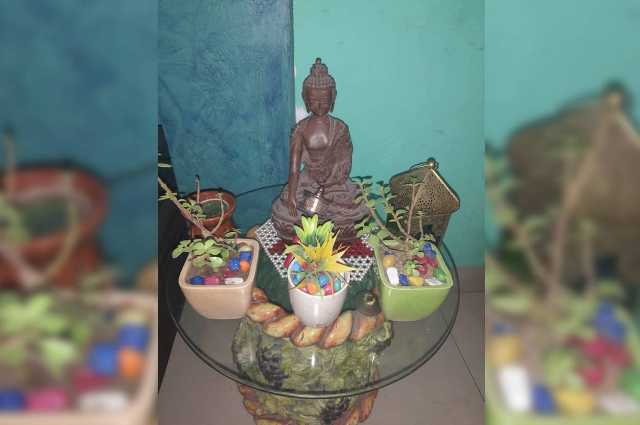
Buddha himself wanted and practiced what he preached. As such he wandered from place to place on foot and even never used wheeled carts or chariots for travel. He preached against this. In India during his time, there was no practice of statue worship creating images of God's and deities. Statues came six or seven centuries after his death. So on his demise, his disciples and local monarchs disputed to carry the ashes and remains of the great person. When the Brahman Drone was advised distributing the remains to eight local kings, the shares were collected and taken to their respective places by them on elephants only. (Elephants were the means for royal travel). This may be the tradition followed even today of carrying the relics on the elephant as a part of the culture.
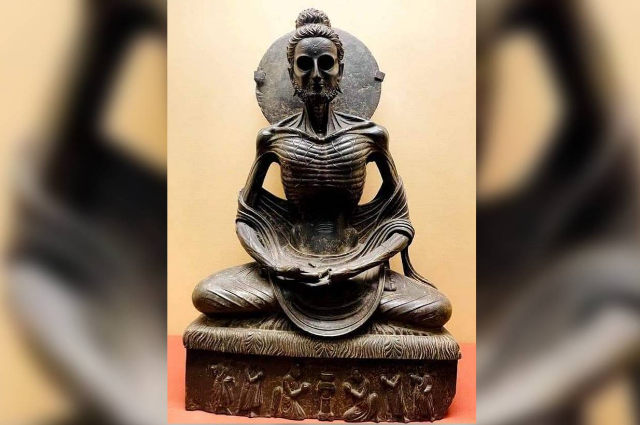
According to the Jatakamala of Arya Sura (fourth-century c.E.), the person known historically as the Buddha was born as an elephant during one of his earlier lifetimes. This huge elephant lived alone like an ascetic (a preview of his later life) in a verdant forest far from human habitation. On a particular day, he heard human voices coming from the direction of the desert area. Upon investigating the source of the voices, he encountered several hundred of an original group of a thousand men, who had been abandoned by their king as they now wandered despondently, lost, starving, thirsty, and desperate. The elephant felt compassion for these men clinging to life. After gaining their trust and hearing their sorrowful tale of hardship, the elephant told them to go in a particular direction where they would find water and the body of a dead elephant; they could use the flesh for food and the entrails for bags to collect water. The elephant went ahead of the men, threw himself off the cliffs, and died where he reported there would be a body. Finally, the men arrived to find the body of the elephant, and they slowly came to realize that the dead elephant was the same one with whom they had spoken earlier. Impressed by the elephant's self-sacrifice, they considered honoring the animal and cremating its body, but they realized that this would be defeating the wishes of the elephant, which sacrificed his life to save their own. Thus they made use of the elephant's body as they had intended. The elephant's original intention had been to use his body as a vehicle to save the lost men.' Although this tale represents a later addition to Buddhist literature, this narrative demonstrates six important themes in early Buddhism. It introduces the metaphor of the raft that is used to convey others to safety; we will see the metaphor of the raft equated with the teachings (Dhamma) of the Buddha. Second, the elephant plays an important role in the infancy narrative of the Buddha too.
As I feel, every situation in the real world is unique and calls for a custom response. We will all have to face the consequences of our actions, sooner or later. If we’re thinking about killing another being, we need to keep this awareness in mind as we make our decision. Out of compassion, even we may find ourselves choosing to kill and face whatever the karmic consequences are.
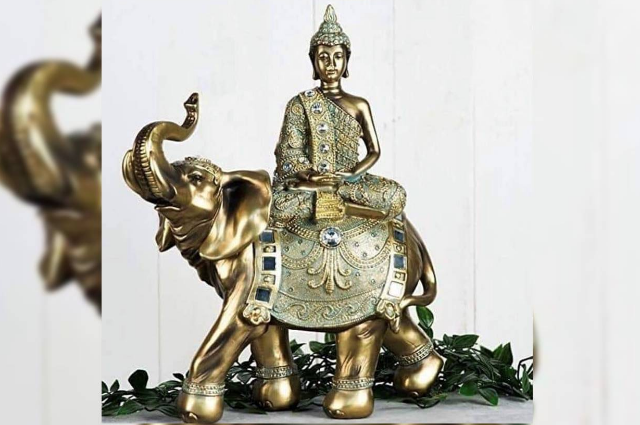
Sitting on, or riding, any animal is forbidden for Buddhist monks, even touching, there is Buddha on an elephant, and it is forbidden to hurt or hurt any animal. Kandi Esela Perahera is a festival in Sri Lanka that is a colorful procession of Buddha's teeth being carried on highly decorated and ornamented elephant’s back. But there is possibly no point in symbolizing the Buddha statue by placing it on the back of an elephant.
Even to nurse an animal, its body cannot be touched. As a Jataka, he touched many beings and saved their lives. The second question is that animals are the only means of transportation in many places in remote mountainous areas. And their rearing is one of the main means of livelihood, can't they be touched there too? Yes could be done but the intention needs to be taken into consideration as to whether an individual is trying to help an animal or his real intentions are hiring and exploiting for selfish benefits.
I think we can think of this statue in a slightly different way. Initially, at least till the time of Ashoka, the worship of Buddha images was not in vogue. Then the elephant was worshiped as a symbol of Buddha. As if that has been reflected in this statue. Buddha is not sitting here because of walking on the back of an elephant, no one sits like this because of walking on the back of an elephant. Here elephant and Buddha are shown together. (What we think). Maybe someone wanted to show it as a metaphor.
